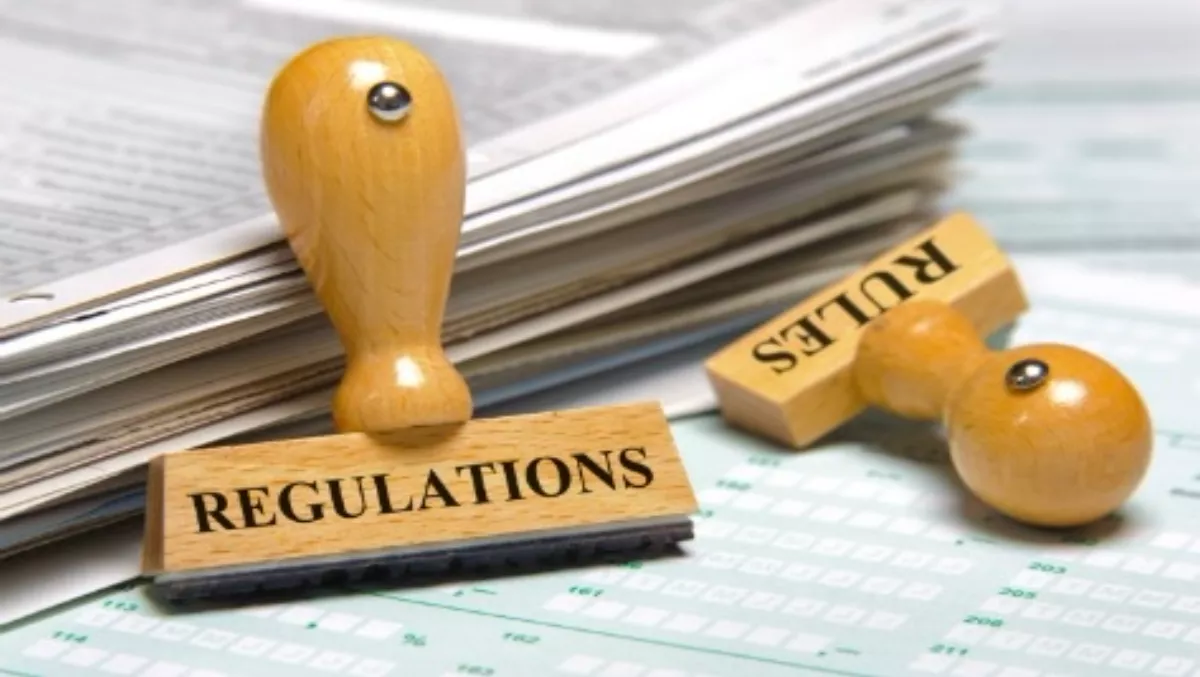
Cyberbullying in schools: the law
With cyberbullying increasingly on the rise, NetSafe New Zealand has outlined its effects and provided some crucial information and advice for teachers and principals.
Bullying in cyberspace covers the use of the internet or other devices like mobile phones, cameras or game consoles. It's using the internet, a mobile phone or other technology like a digital camera to hurt somebody or embarrass them.
"Cyberbullying is bullying," the organisation says. "But where face-to-face bullying ended when the target got home from school or work, cyberbullies can use the internet or their mobile to continue attacks on victims at any time of the day or night.
"Young people are growing up with access to more and more technology, often using the Internet and mobiles as the main way to reach friends. If threats continue outside of school it may make the target feel like there's no escape.
NetSafe says anonymous messages can make bullying feel more intimidating. If the bullying occurs online the harassment can be intensified, especially if public hate pages or embarrassing videos are passed around the school community.
The organisation says students who were bullied were around three times more likely to be anxious and depressed than students who did not report being targeted by bullying (Youth 2000 study).
UK research (Smith, 2008) found that the effects of cyberbullying were similar to face-to-face bullying, and that some cases (i.e., those involving videos of the target) may be worse than face-to-face bullying experiences. The all-day/all-night potential of cyberbullying can be associated with particularly high distress and negative student outcomes.
Cyberbullying and the law
Cyberbullying can be a criminal offence under a range of different laws, including sections 249-252 of the Crimes Act. The age of criminal responsibility in New Zealand is 10 years. If young people commit an offence they may face warnings, police diversions, or a Family Group Conference. Young people over 16 who commit an offence are treated as adults by the courts.
Education Law in New Zealand says schools are to provide a "safe physical and emotional environment for students". This includes addressing behaviours (such as cyberbullying) that occur outside school but which have implications for student's wellbeing while at school.
NetSafe suggest principals apply the same school policy on bullying to cyberbullying, to prevent cyberbullying amongst its students.
Educators should continue to promote safe and responsible use of technology in learning environments. Teachers can develop a class contract with students that include appropriate behaviour online/on mobile both inside and outside of school time.
Ensuring parents and caregivers are informed about what cyberbullying means and that it is not tolerated among students is another step educators can take in prevention.
NetSafe says bystanders have a huge impact on cyberbullying.
Bystanders are people who do not start a bullying situation but see it happening. Bystanders can help or hinder bullying situations.
There are four types of bystanders:
* Assistants: join in on bullying and help the bully
* Reinforcers: laugh and encourage the bully but don't personally attack the target
* Outsiders: don't get "involved", but see it happen
* Defenders: Try to stop the bullying on behalf of the target
NetSafe says defenders can be very effective in addressing cyberbullying situations.
Bystanders to a cyberbullying situation help the person being bullied by letting them know that they support them.
Bystanders can save the evidence of the bullying and report the bullying to someone who can help, such as a principal or teacher.


